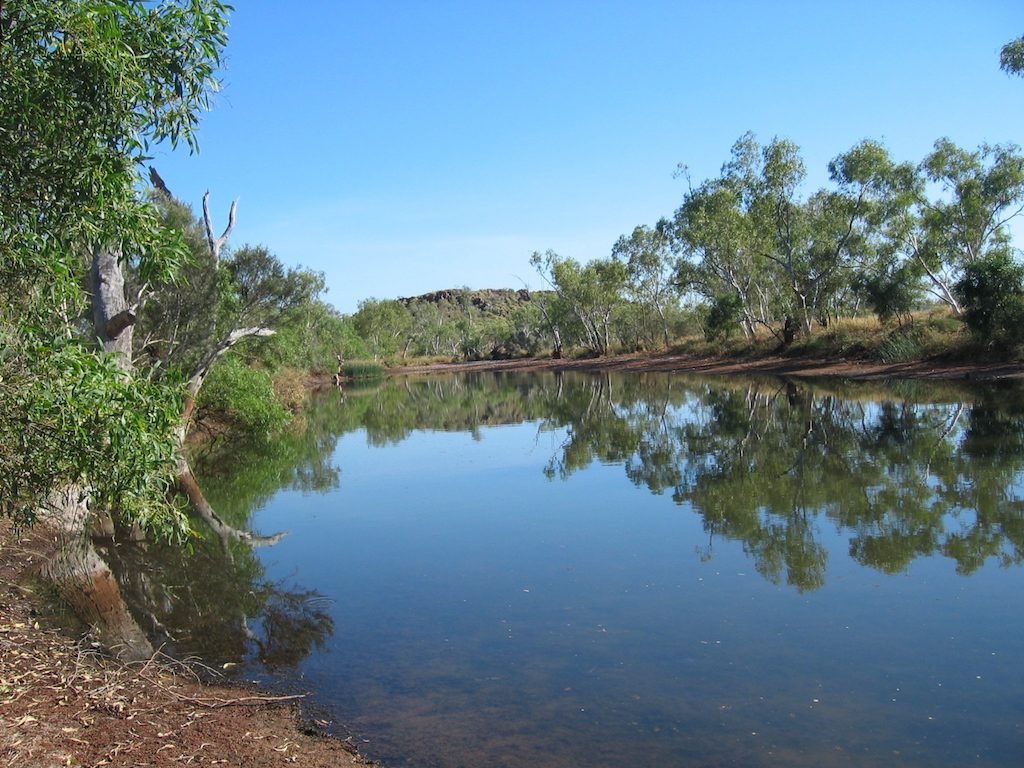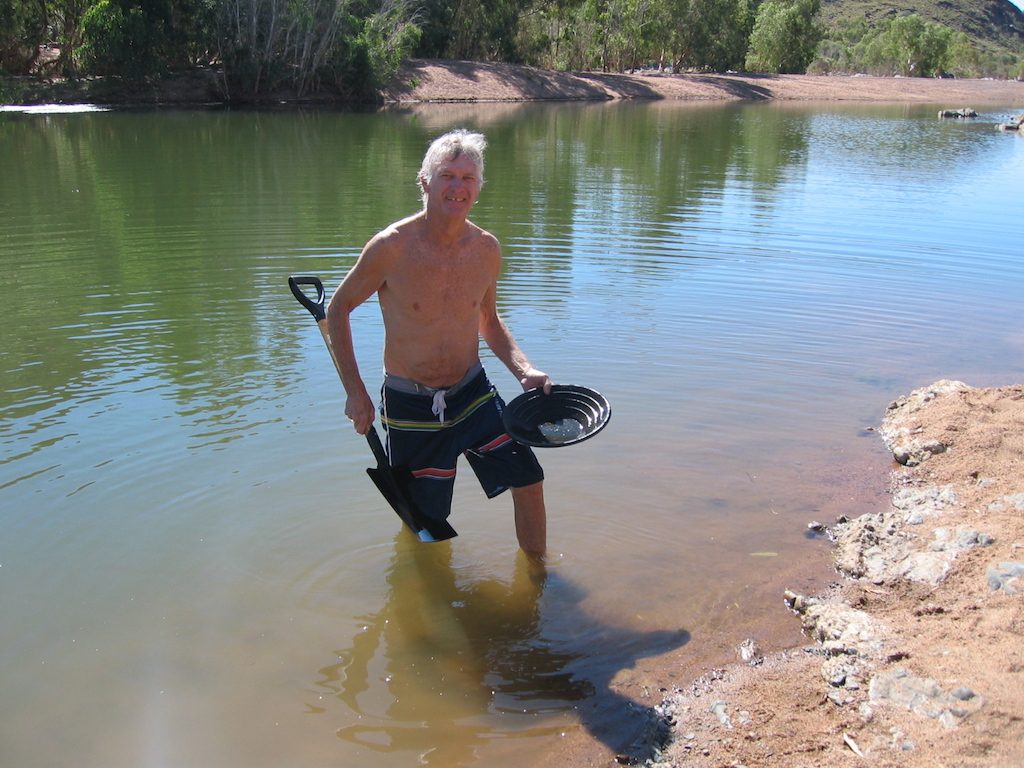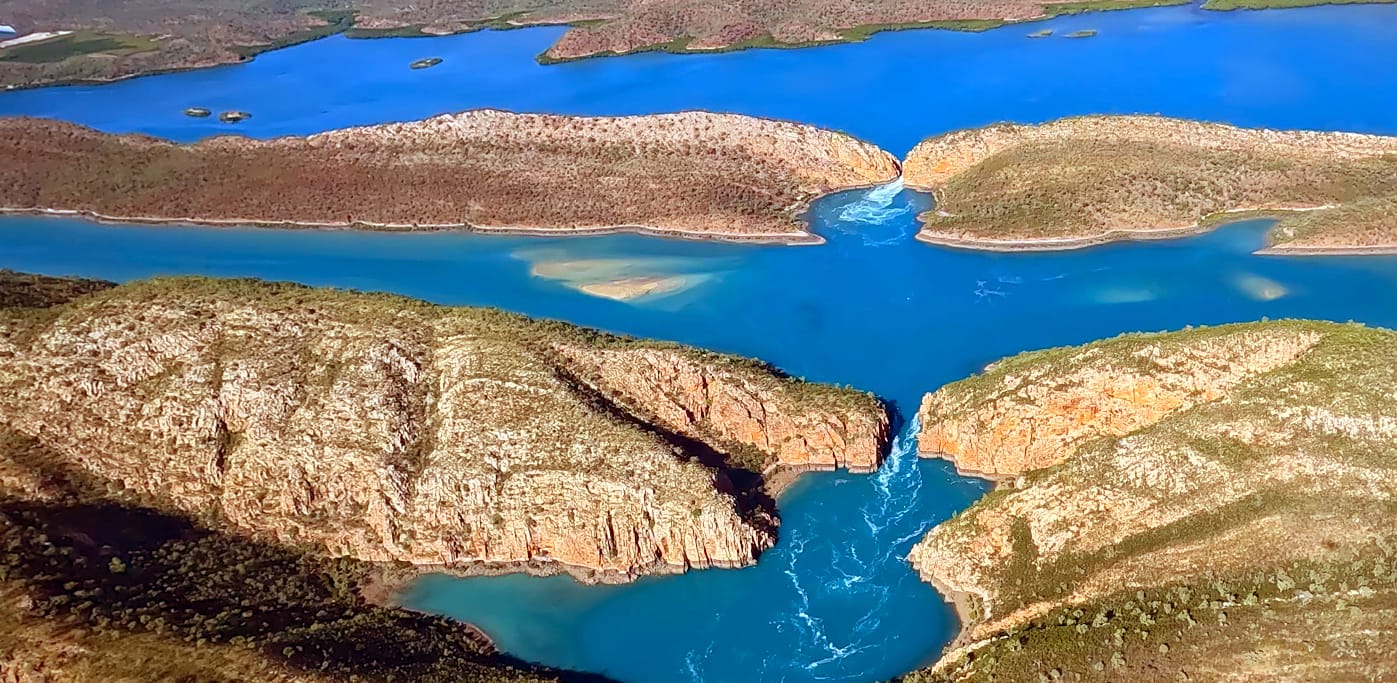SOME come for a taste of the real outback, some come for the novelty value and many tens of thousands have come for its riches – gold.
Marble Bar, 1476km north of Perth, is well off the beaten track and takes a considerable motoring diversion – unless you are headed from Port Hedland or Broome to Karajini National Park.
But it’s a detour well worth the time.
In the Marble Bar caravan park a new arrival, Stan, a bulky Queenslander, is huffing and puffing in the heat as he unloads his 4WD.
“I can’t stand the heat so a mate of mine reckoned I should experience the hottest place in Australia and that’s why I’ve come,” he laughs.
But he’s serious. Like a growing number of tourists, he’s lured by the sweltering heat – to say that he’s done it.
And East Pilbara – the world’s largest shire – is happy to oblige.
The council brochure blurb spells it out: “Mining, isolation and most importantly, heat, come to mind as it is known as the hottest town in Australia, a fact recorded in the Guinness Book of Records.
“For 161 consecutive days leading up to 20 April, 1924 the temperature never dropped below 37.8˚C and this record stands today.”
For other novelty value, Marble Bar is home to a jerky competition, a popular billy cart derby and an annual race meeting. Tourist season, June-September, is positively brimming with activities for tiny, isolated Marble Bar.
During the races, every space, hill and clump of earth is taken up by campers, including an area at the racecourse provided by the council.
Driving into the region is breathtaking: towering hills of iron, wide gorges, red earth and endless clumps of spiny spinifex.
The rocky earth is also a formidable challenge for the thousands who come every year for the yellow metal.
Gold is still found, mostly in river beds in tiny quantities, but enough to provide an income for the persistent and hardy, I am told.
For those without the necessary prospector’s licence, a site called 4-mile is set aside where gold fragments can be picked-up freely.
They’ve been digging up gold since the 1880s and especially after a major find by Francis Jenkins in 1891.
It sounds romantic in this sensational country but the heat, rocky landscape and ankle-high spinifex won’t suit everyone.
They might prefer a coldie. There’s a modest hotel in town clad in iron. It’s called the Ironclad Hotel. But watch out for flying beer bottle caps.
With a flick of the wrist the barmaid will send bottle caps flying along the bar – until they crash into a powerful magnet on the wall.

Explorers in the 1800s ventured on a massive, towering rock bar across a river bed and mistook it for marble, giving rise to the town’s name.
But the multi-coloured rock was jasper which can be highly polished as gems or for an attention-grabbing display. Brilliant, polished pieces of jasper have been put to use by the shire as monuments to its war veterans and war dead.
A $10,000 fine is imposed for taking jasper stone except at an allocated area where tourists are welcome to fossick.
Coming into town from Port Hedland, a free camp site is provided for 24-hour resting.
Des Streckfuss camp is an Aussie outback riverside oasis: river-gums, paperbarks, birdlife and probably a few free-range cows coming down for a drink.
In World War II, up to 2,000 Air Force personnel hid in the scrub, 35kms from Marble Bar.
It was a secret air base, camouflaged with netting, for long-range planes that left on bombing missions and escaped back to their Pilbara hide-out.
The Japanese searched for but never discovered it.
Air strips and air base foundations remain in the scrub.
But to beat the heat, head to Coongan River for a freshwater dip among jasper outcrops, just 5kms from town, where, amazingly, there are grass patches under the shade of paperbarks.

Locals reckon you get a warm welcome in the hottest town.
Footnote: The shire’s ranking has fallen to world’s third-largest municipality in area. But with just three towns spread over 380,000sq kms, that’s still pretty awesome.
































